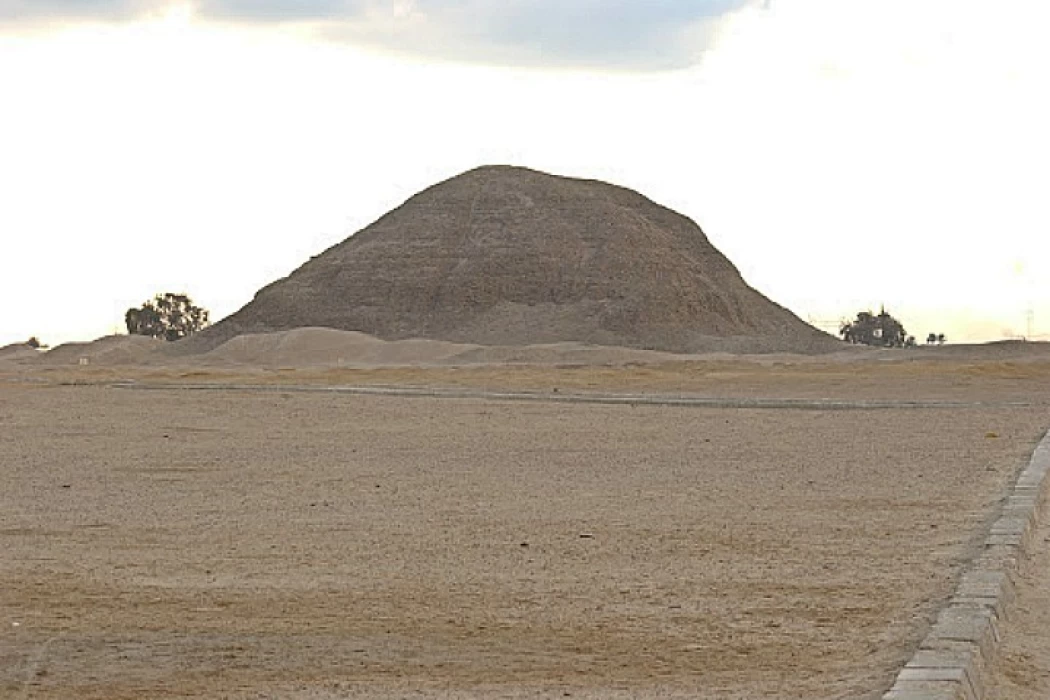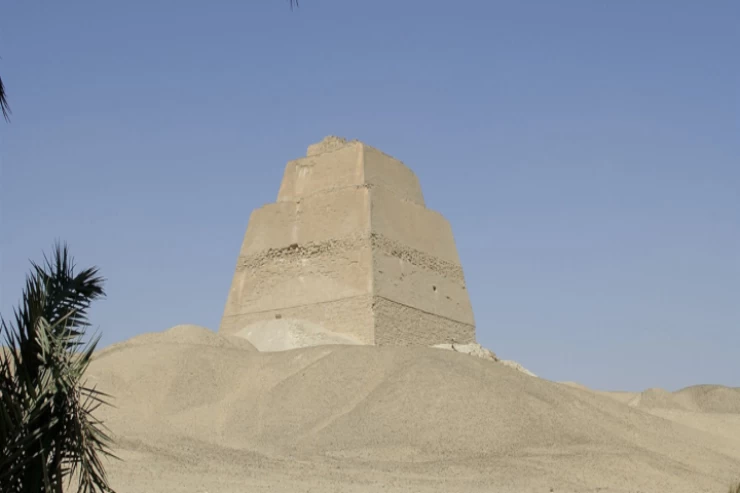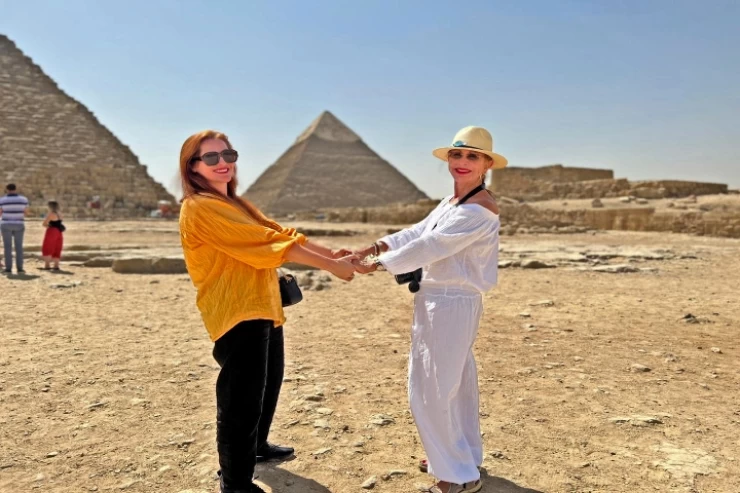
The Hawara Pyramid Archaeological Site
Facts about the Hawara Pyramid archaeological site
The Pyramid of Hawara stands 58 meters tall and has a 105 meter base. It holds in high regard due to the presence of a schematic model of its construction. It is to be the last of the most impressive ones. It is referred to as the labyrinth since it has numerous passages and a large burial temple. Another special feature of Hawara.
The Ancient Egyptians are attributed for building amazing structures called pyramids that have defied time. Among such magnificent pyramids are the pyramid of Hawara which has interesting historical and architectural designs. Hawara Pyramid is situated near Fischer, about 80 kilometers to the south-west of Cairo and is one of the less known wonders which needs to be explored. In this paper, the myths that surround the pyramid of Hawara and its place in the history of ancient Egypt will be discussed.
The Pyramid of Hawara, or rather, the Pyramid of the False Door was constructed sometime during the 12th dynasty, the reign of Pharoah Amenemhat III. It was previously a stepped pyramid but as time and needs goes on it made a more complex modification and extended.
What makes this Pyramid of Hawara unique is its design. It was made of mud bricks which was the traditional way of constructing pyramids at that time. The Pyramid of Hawara is distinctive for having its entrance on the south side, unlike the majority of Egyptian pyramids that have their entrances on the north side. This unique feature has captivated archaeologists and historians for many years.
Once the Pyramid of Hawara was known for its riches and treasures. It is said that important treasures belonging to Pharaoh Amenemhat III lie buried in there but unfortunately, the pyramid has been looted over time. However, archaeological excavations have uncovered some interesting remains including sculptures, ornaments and burial artifacts that provide much insight into the way of life and culture during those times.
The Pyramid-Hawara just like many other Egyptian pyramids remains wrapped in mystery as well as legend with some ancient writers saying about secret passages or hidden chambers inside it while nothing substantive has been discovered so far. This keeps igniting imaginations among researchers; amateur historians as well as curious people who desire to delve into its narratives with a view of unravelling its systematics.
The pyramid at Hawara is part of a large cemetery that includes several buildings. Behind the great pyramid was a courtyard surrounded by galleries, temples and shrines dedicated to the worship of the late pharaoh and the entire structure was surrounded by a perimeter wall to protect it and enforce its importance signed.
An interesting feature of the Hawara burial chamber is the foam machine, which is believed to have been built near the pyramid As described by the Greek historian Herodotus, the glass was a large structure with rooms and passageways with many surprises. However, its true nature and exact location remain a mystery, as no tangible finds have been made so far.
Their rule saw progress in art, architecture, and economy, with the Pyramid of Hawara serving as a testament to their authority and magnificence.
















